First pottery experience at "Fujiwara Yakushiyama Shikogama" in InabeCity! Let's give shape to our creativity♪
掲載日:2019.03.22
Banko-Yaki pottery that is painted using a technique called ``chosai'' to create a richly colored and gorgeous impression. The kiln, Shikogama, was opened in Yokkaichi by its founder, Shiko Hayashi, as a Yokkaichi Banko-Yaki kiln. After that, the base was moved to InabeCity, and now the third generation, Shinya Hayashi, has inherited the flame of the kiln and continues to preserve the tradition of "Shiko Banko".
Shikogama holds pottery classes that even beginners can enjoy, and it is popular among families as it can be enjoyed even with small children. I tried it out to see if I could do it well even if it was my first time!
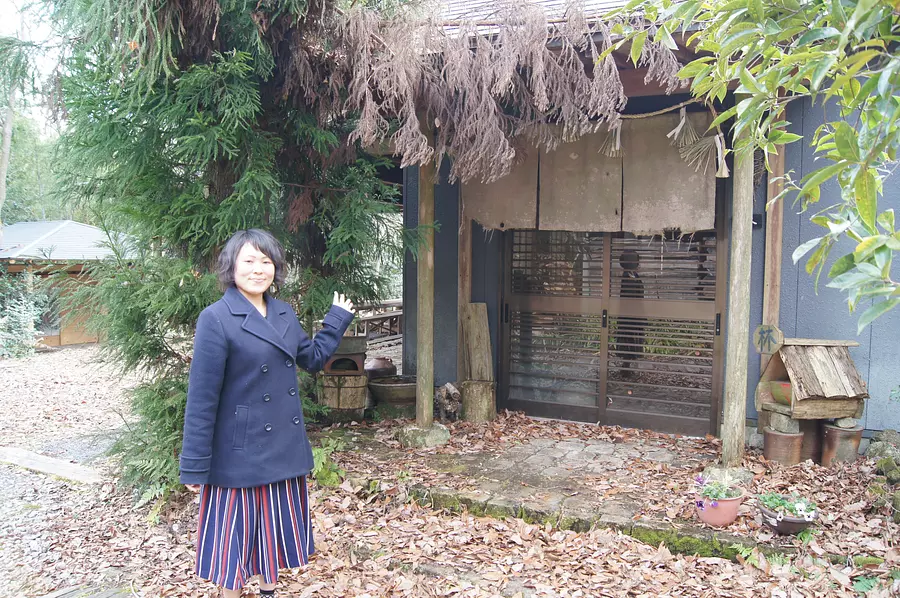
From Kuwana Interchange, drive north on National Route 365, and after a few minutes after passing InabeCity Tateta Elementary School, you will see a narrow slope between the trees on your left. As you go up there, you will find Shikogama, an elegant workshop surrounded by trees!
The entrance to the slope is in a position that is a little easy to overlook, so it might be a good idea to check the "Access" map on the website as you head towards it.
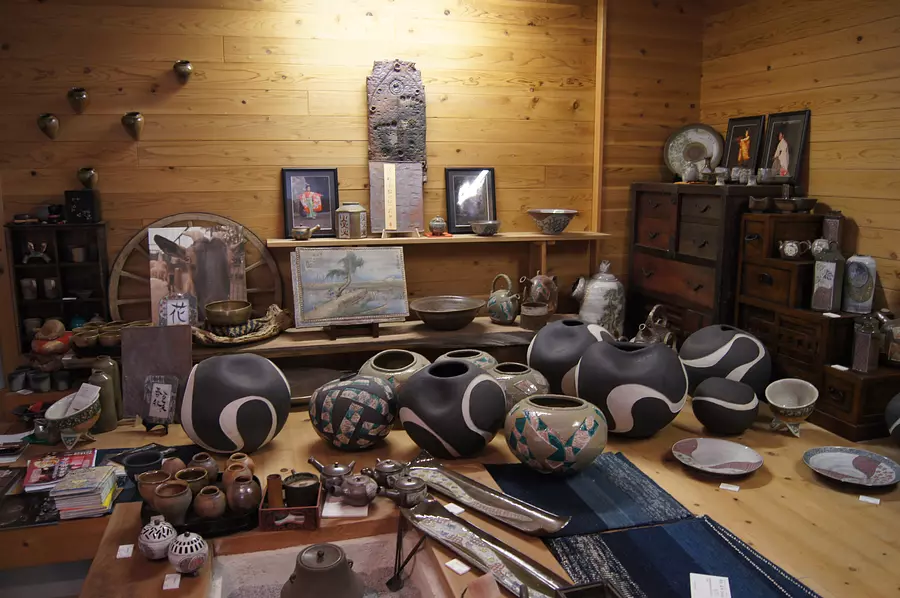
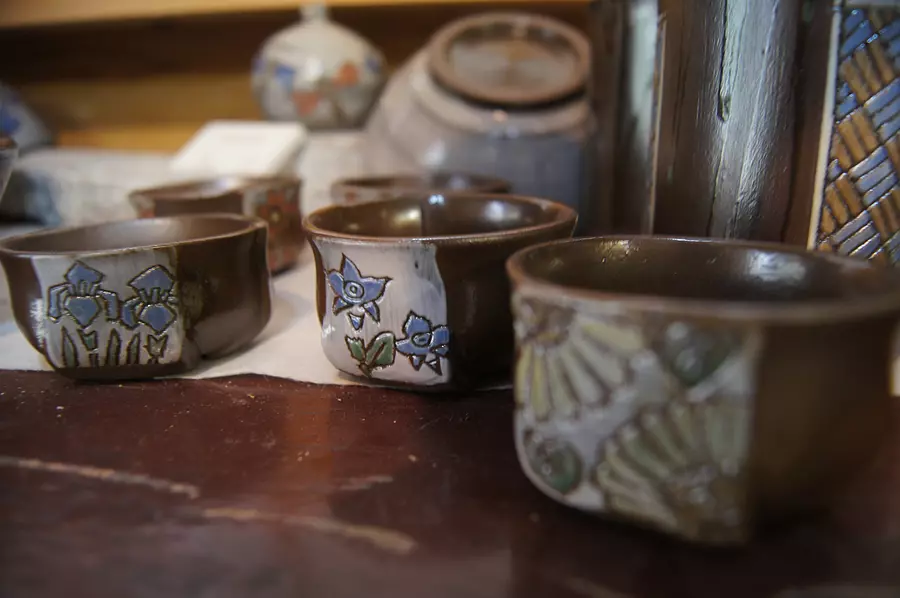
When I thought of pottery vessels, I had an image of something simple or a little dull, but that image has been overturned!
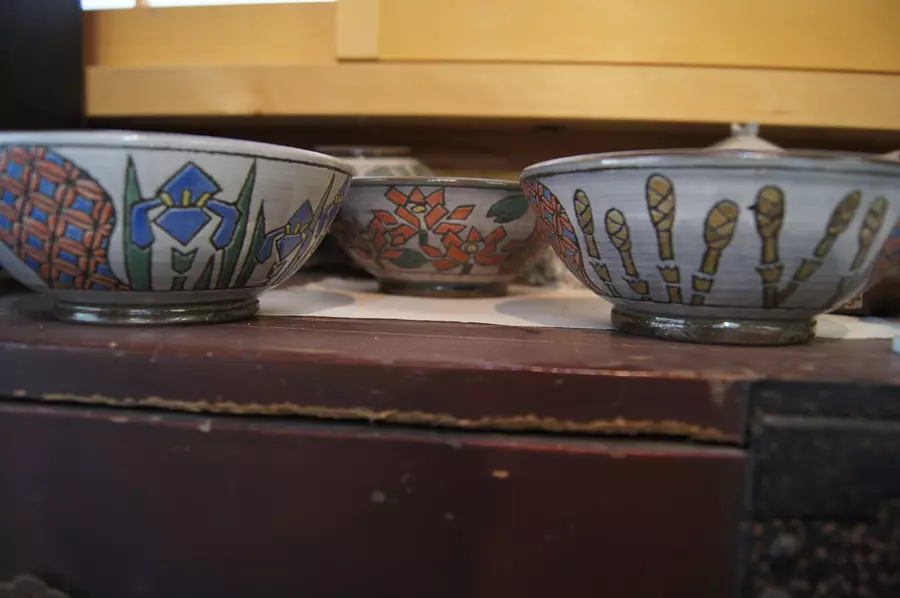
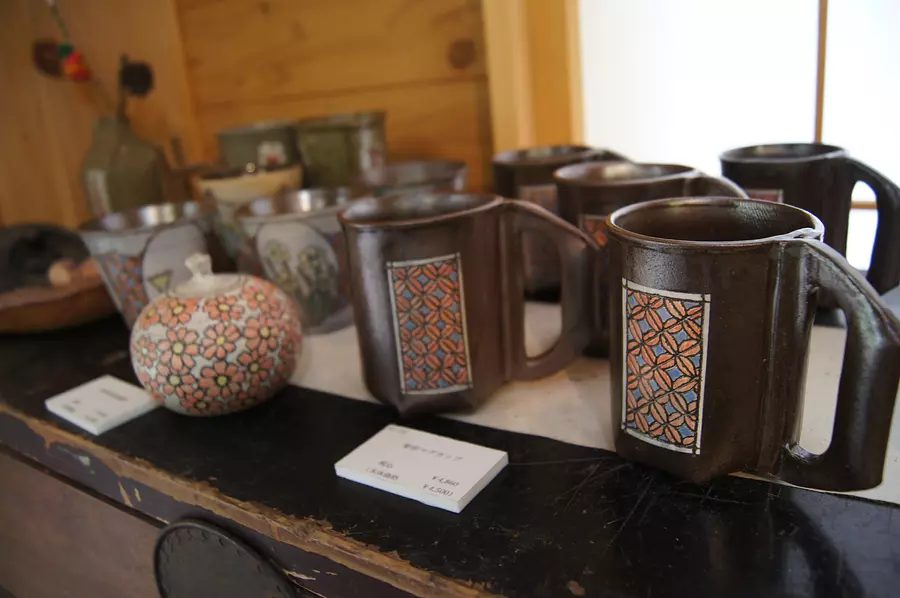
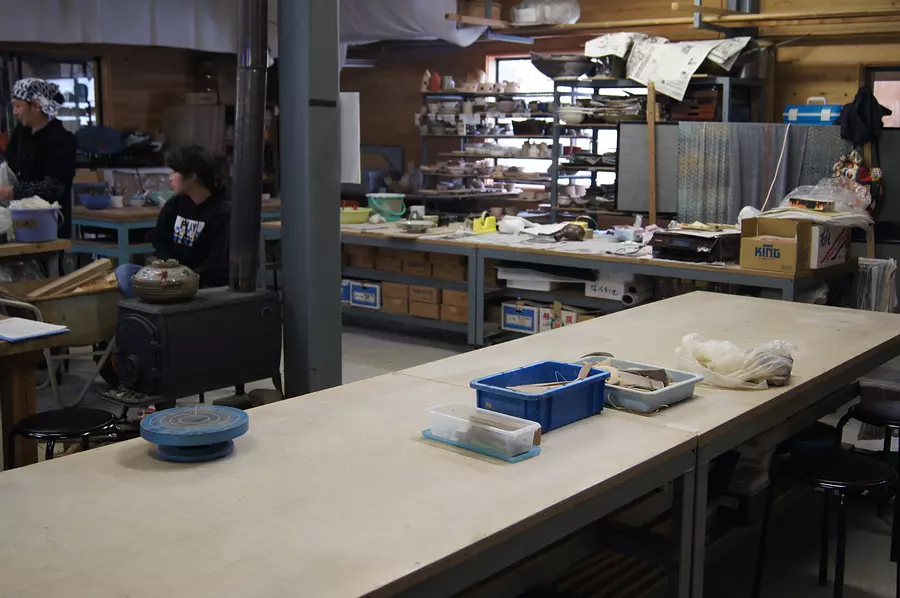
The experience is divided into a morning session and an afternoon session, and reservations are required. All necessary tools will be lent to you, so you don't need to bring anything special!
[Hand-making experience course (reservation required)]
Morning session 9:00-12:00 (1,500 yen per person + 1,000 yen clay fee/tax included)
Afternoon session 13:00-16:00 (1,500 yen per person + clay fee 1,000 yen/tax included)
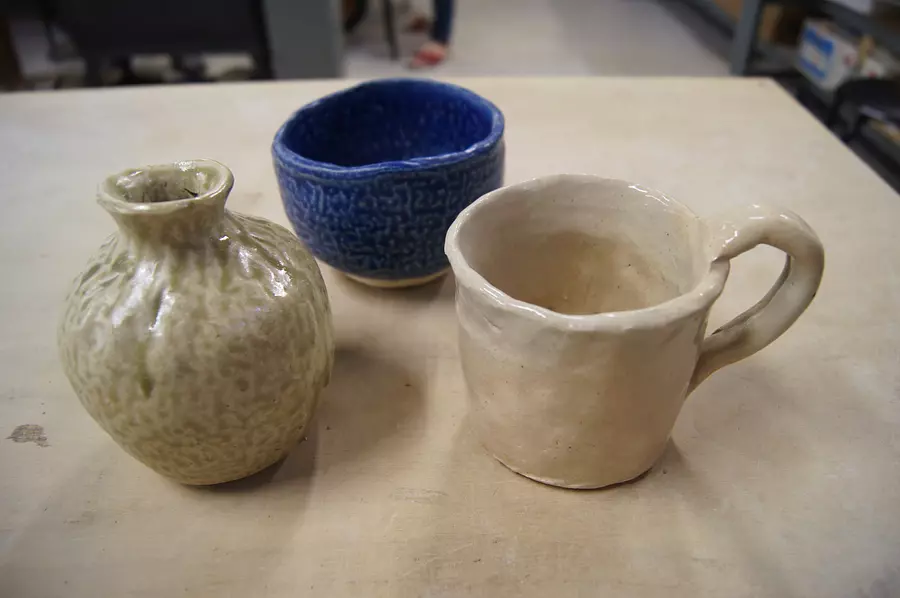
Students tell Mr. Hayashi what they want to make, such as plates, cups, and accessories, and create their work while receiving advice. The teacher will give you tips on how to actually make it, so don't hesitate to express your wishes and say, ``I think this might be difficult...''!
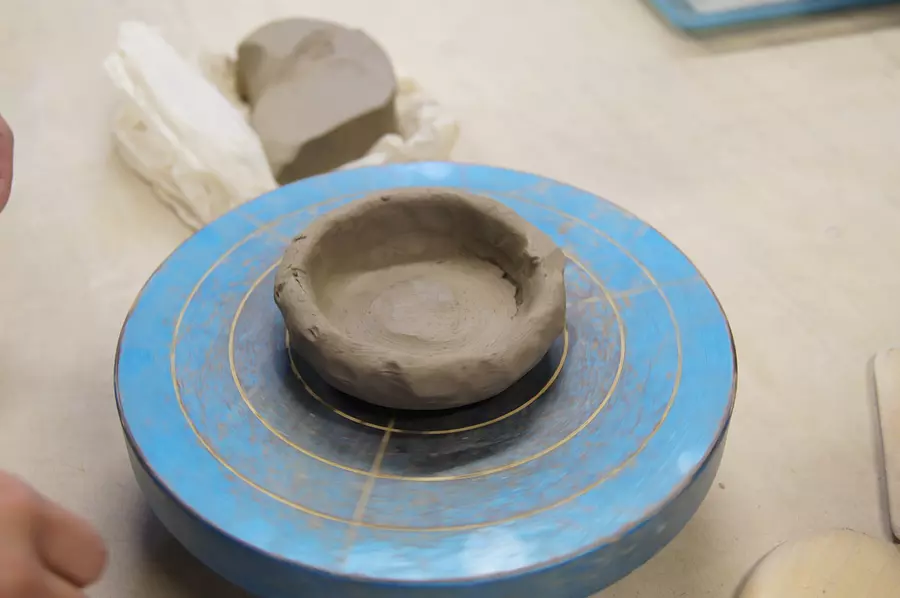
Under Hayashi-sensei's guidance, we will first create the bottom of the vessel. I'm looking forward to seeing how it progresses from here!
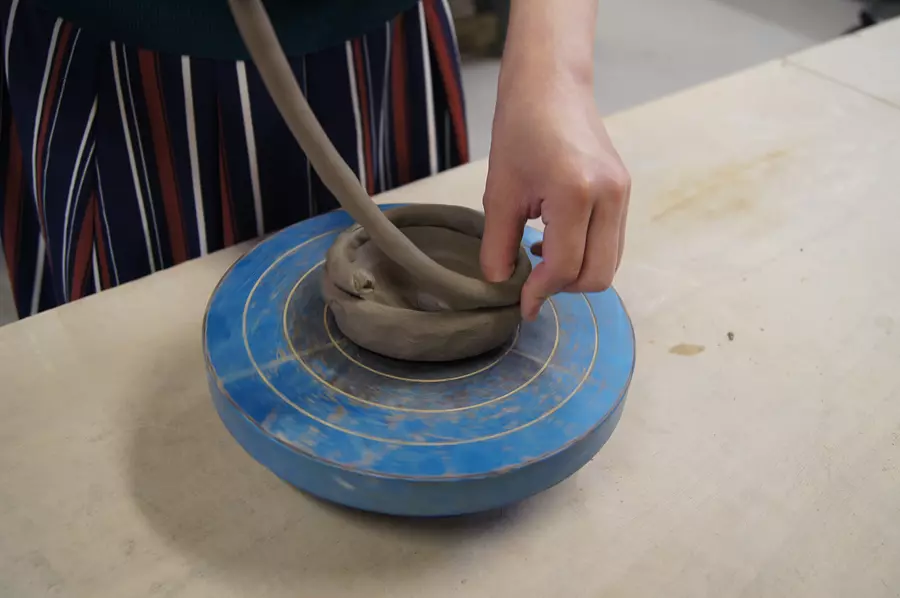
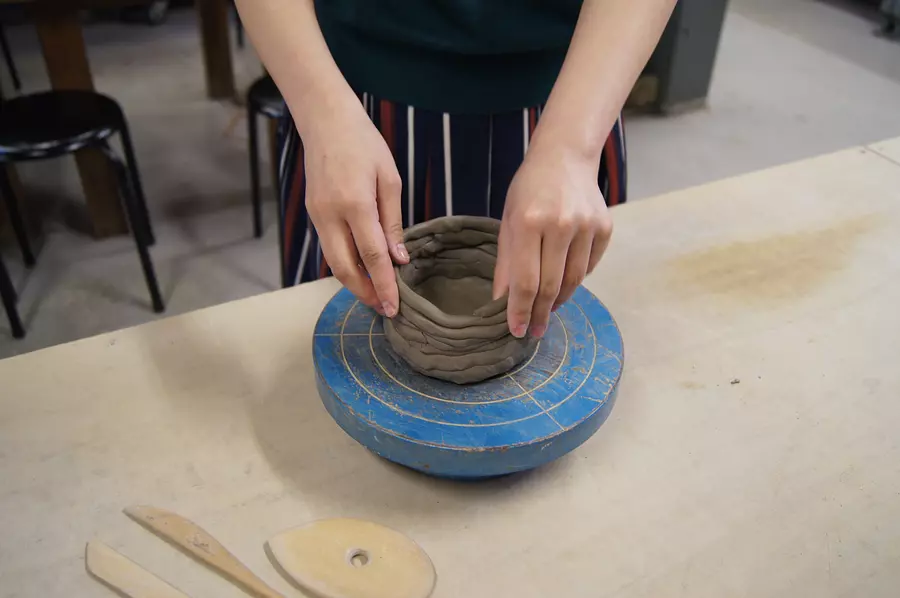
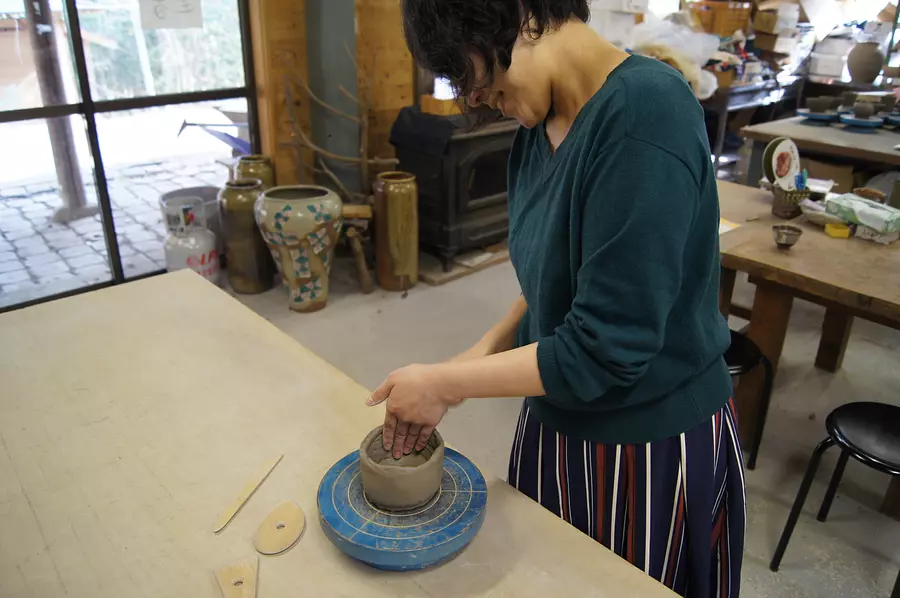
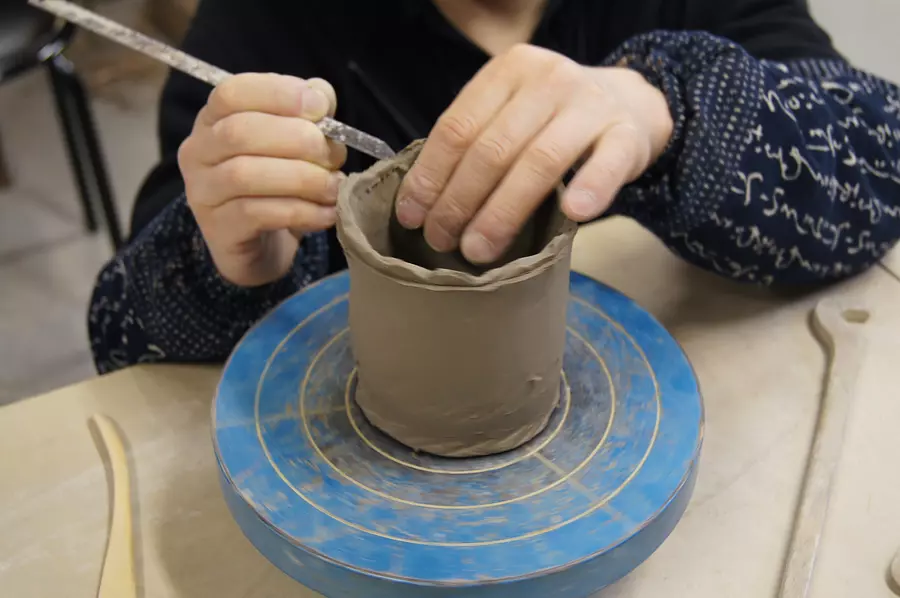
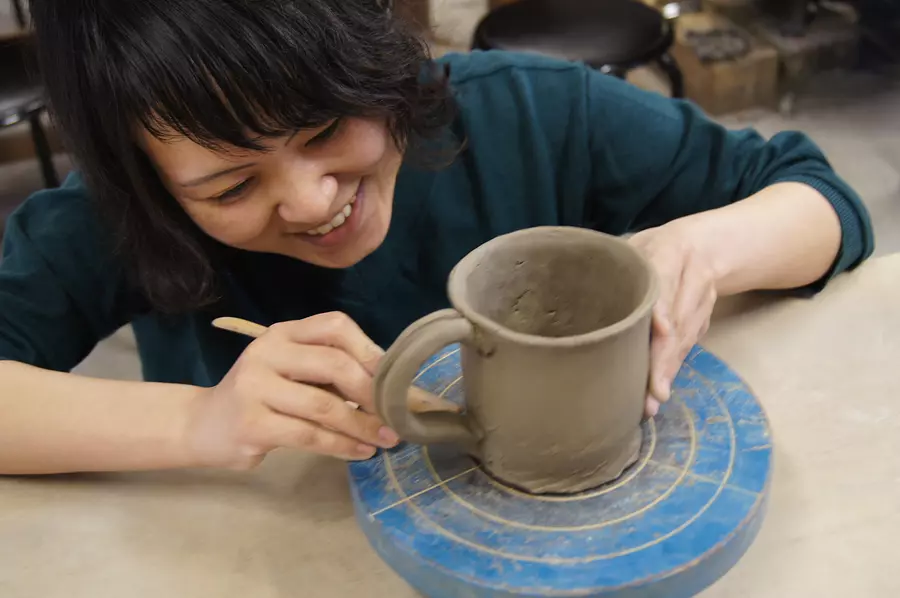
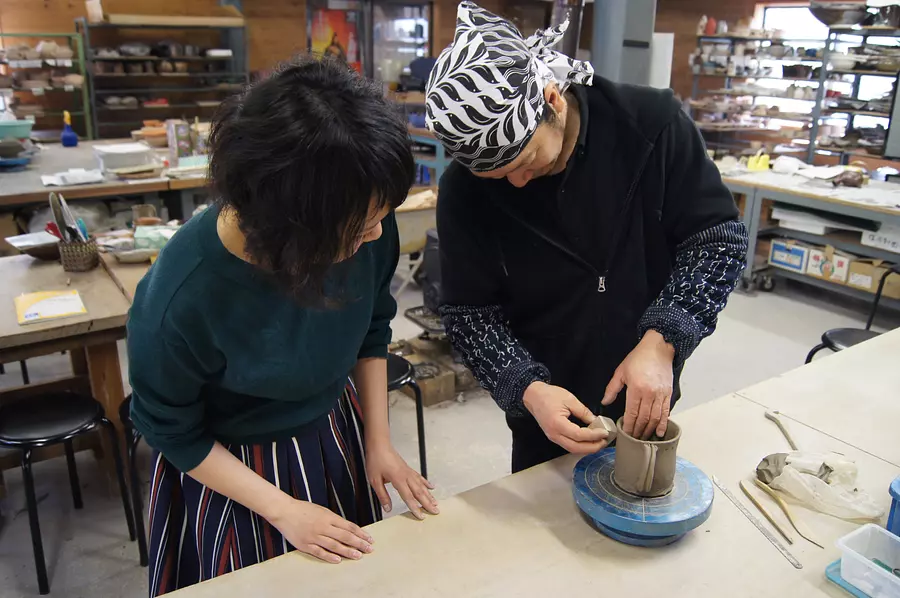
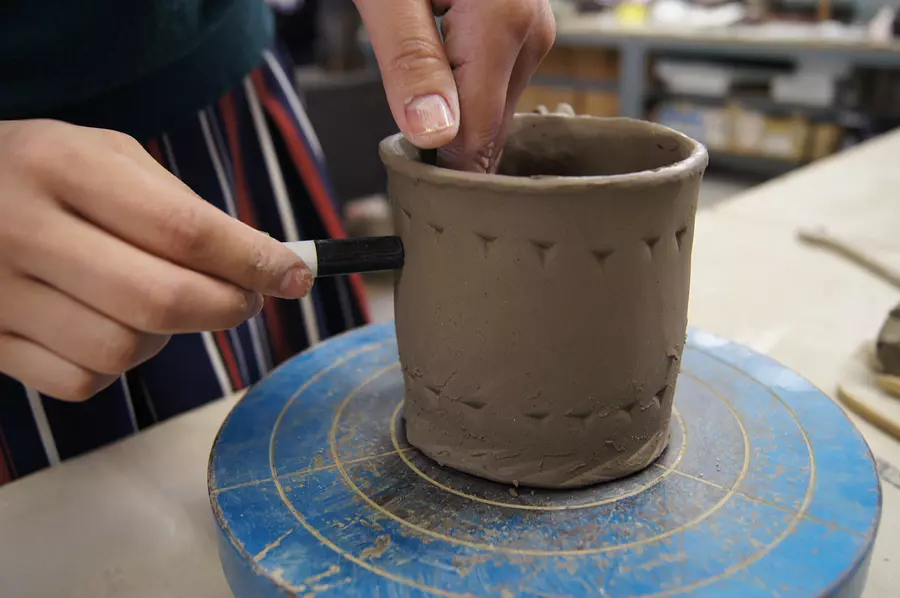
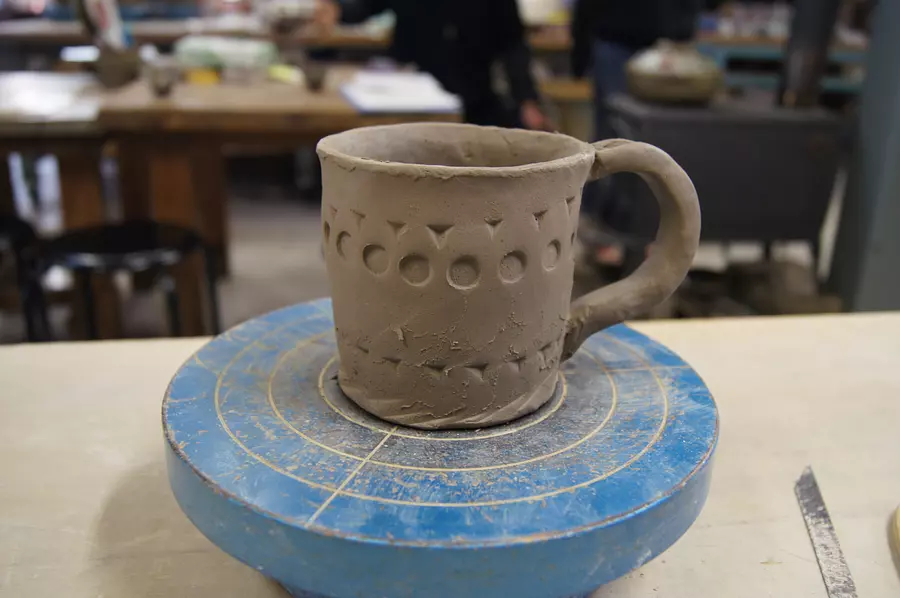
After coloring your work, you can have it shipped to you with cash on delivery. (Additional 1,000 yen required)
Alternatively, you can visit the workshop again at a later date and color it as you like. (In that case, a separate studio usage fee of 1,500 yen is required)
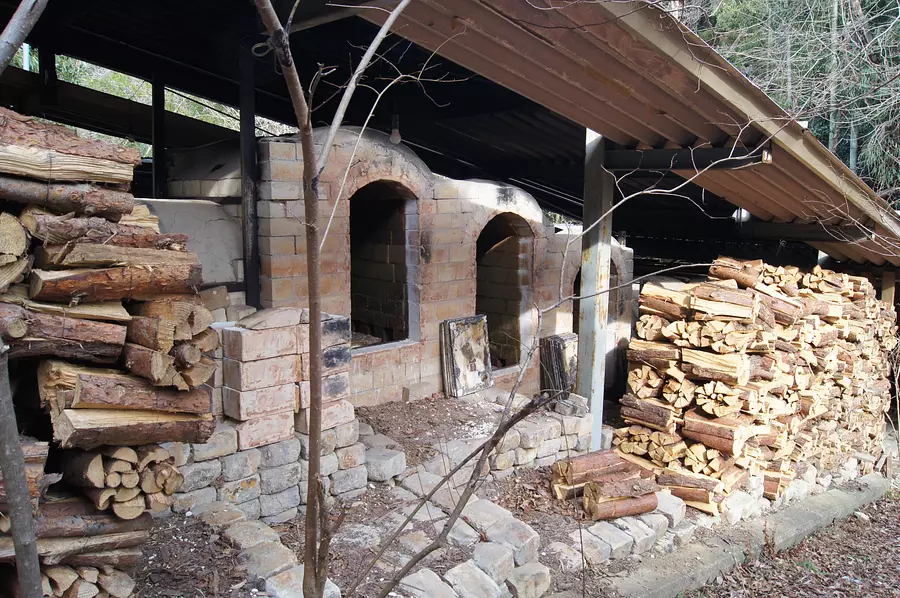
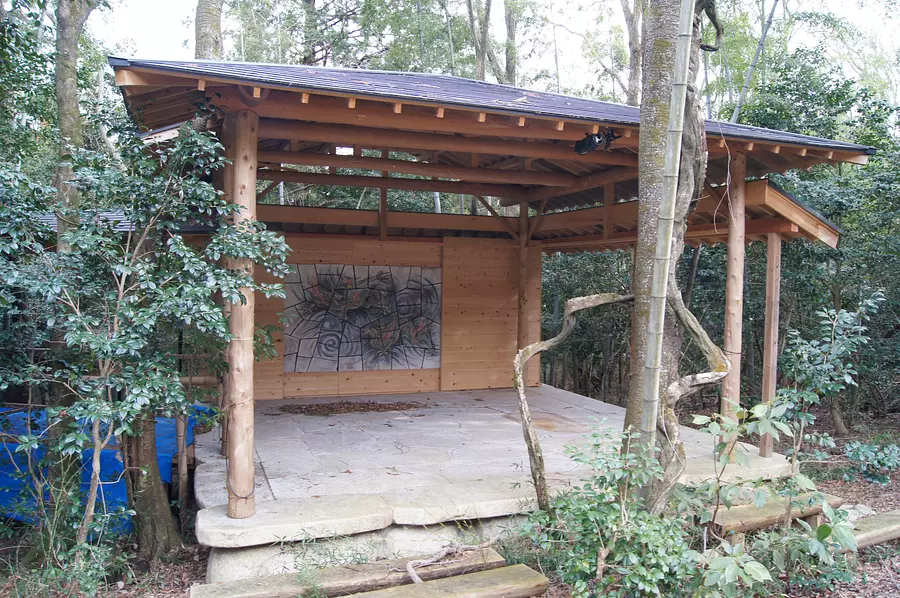
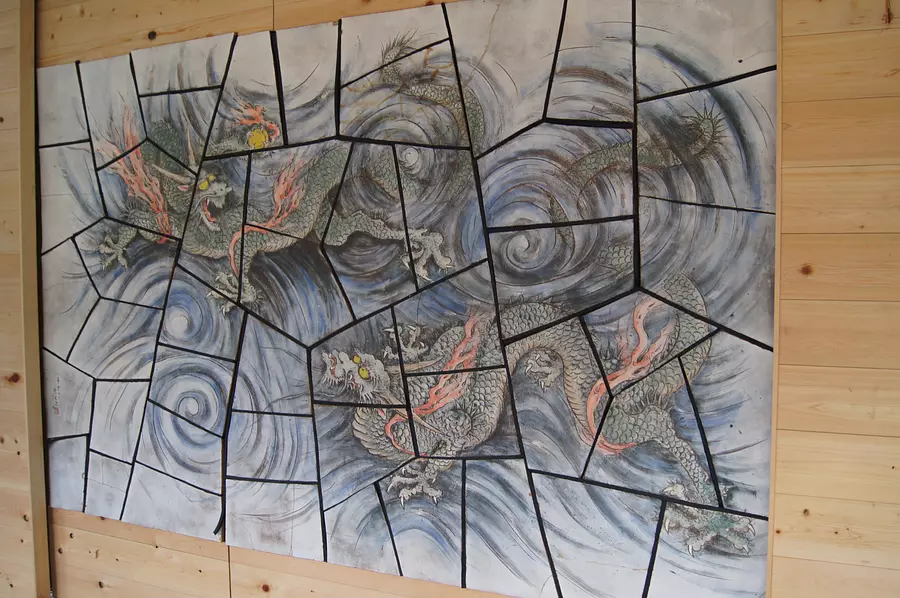
At first glance, it looks like a painting on the wall, but when you look closer, you will see that it is all carved and painted on ceramics. You will fall in love with the dynamic appearance of the dragon.
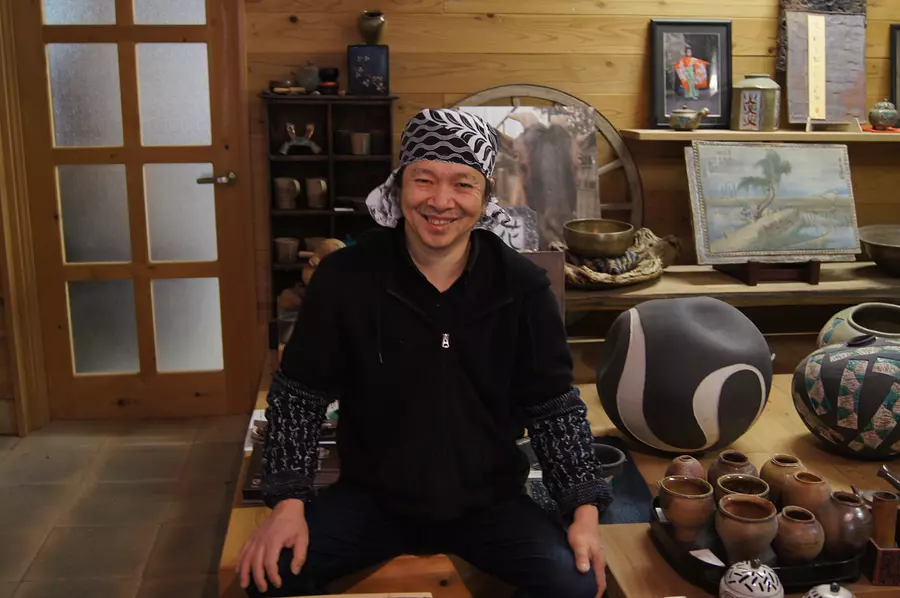
Mr. Hayashi, thank you for the fun time today!
It's fun to silently devote yourself to your work and create something!
Even though I had no knowledge of pottery, the teacher carefully assisted me from beginning to end, so I was able to participate in the experience with peace of mind.
I'm looking forward to seeing what color the mug will be. I have to think about what to put in my drink now!
[Fujiwara Yakushiyama Shikogama]
Address 1590 Furuta Yakushiyama, Fujiwara-cho, InabeCity
Phone number 0594-46-3734
Homepage http://www.shikou-gama.net
Access: Approximately 30 minutes from Kuwana IC on the Higashi-Meihan Expressway
Parking available *For details, please see "Access" on the website.
*Information as of March 2019. Prices and other information may have changed, so please check with your contact information before making your trip.
| Category | |
|---|---|
| season | |
| area |



